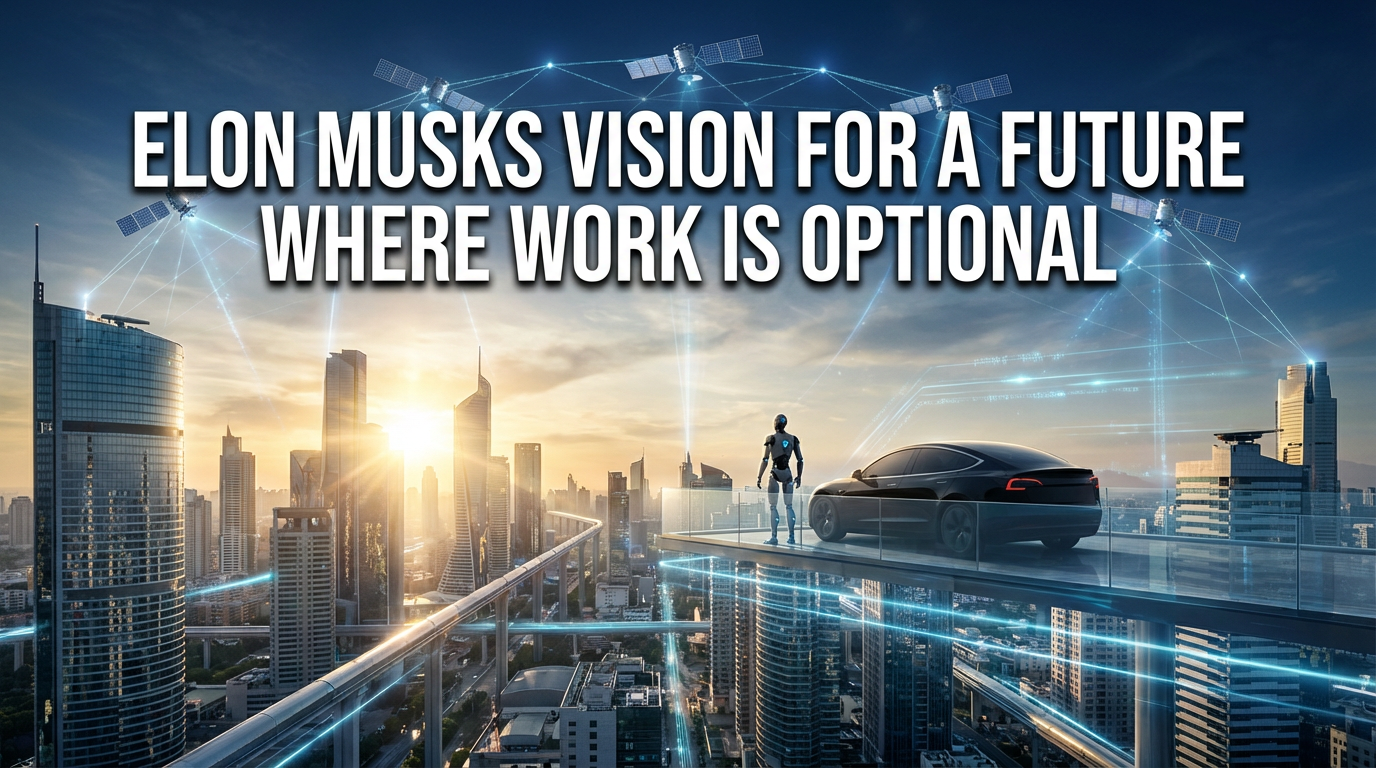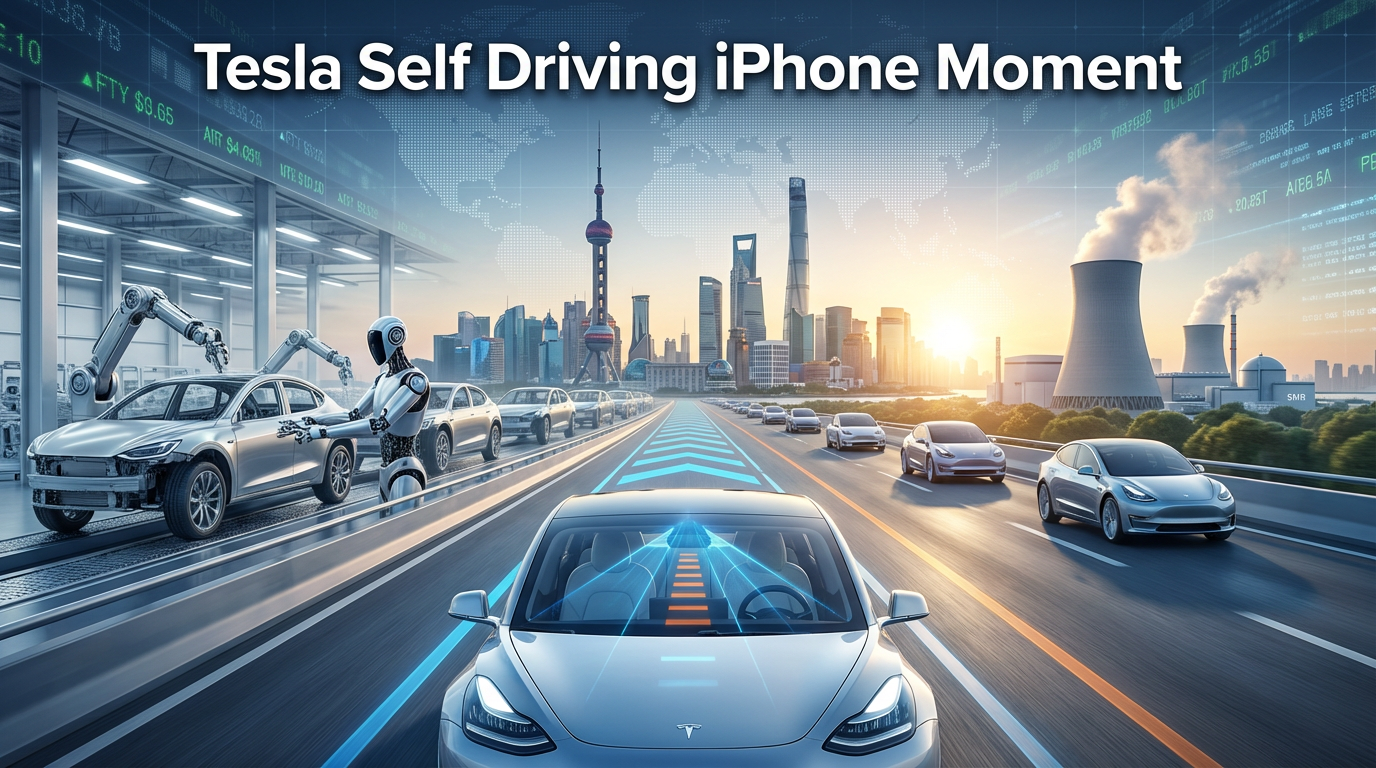● Naver’s Game-Changing Merger, 2.51 Ratio Shakes Fintech World
Naver’s Hidden Strategy: More Important than Stablecoin Collaboration – The 2.5 to 1 Ratio and Changes in the Global Economy
Recent Surge in Naver’s Stock Price and Its Background
Naver’s stock price surge of over 12% in the past week is no mere coincidence.
Naver Financial is pushing for the acquisition of Dunamu (the operator of Upbit), creating a more complex stock exchange deal structure than expected.
This transaction is not a simple merger; if the merger ratio exceeds the 2.5 to 1 standard, the management of Dunamu may become the largest shareholders of Naver Financial.
From the perspective of economic forecasts, fintech innovation, and the digital financial transition, this deal could serve as a significant turning point in line with global economic and AI trends.
In particular, it can be seen as a strategic attempt by Naver, which has been leading the existing finance and AI trends, to secure future growth engines through this acquisition.
The Importance of Key Transaction Structure and Merger Ratio
The share exchange between Naver Financial and Dunamu is characterized by a complex structure that is closer to a merger than a simple acquisition.
Naver will proceed by issuing new shares, allowing Dunamu shareholders to become shareholders of Naver Financial.
The merger ratio is set with the 2.5 to 1 standard, and if it exceeds this standard, the shares of Dunamu management (Chairman Song Chi-hyun and Vice Chairman Kim Young-nyun) may surpass those of Naver.
Conversely, if it stays below 2.5 to 1, Naver can secure major shareholder status.
This transaction structure is gaining attention as a new paradigm for digital finance at a time when global economy and AI trends are converging, and it could serve as a significant variable in economic forecasts.
Complementarity of Naver and Dunamu and Digital Finance Innovation
Naver has grown across various fields, including search, commerce, and advertising, but feels a crisis amid fierce competition in AI trend leadership and the lack of a dominant first service.
Dunamu recorded overwhelming sales and operating profit during the Bitcoin boom and currently holds attractive numbers in digital finance and stablecoin innovation.
The merger of the two companies is a strategic choice that goes beyond mere corporate valuation adjustment, seeking expansion of payment and digital financial services through the stablecoin issued by Naver and exploration of Dunamu’s blockchain technology.
Additionally, if this merger is successful, both Naver and Dunamu shareholders can expect synergies such as favorable exit strategies and strengthening global competitiveness.
Regulations, Listing Strategy, and Future Outlook
For this transaction to be successful, it must go through various administrative procedures, including approval from financial authorities, compliance with anti-money laundering standards, and suitability assessments for major shareholders.
Considering that piecemeal listings are challenging domestically, Naver may look to the Nasdaq for potential global market entry.
Furthermore, if the structure of Naver and Naver Financial is restructured post-merger, there may be variables that could lead to competition for management rights and increased stock price volatility.
This complex merger deal should be reinterpreted from various perspectives, including global economy, AI trends, digital finance, and fintech innovation, rather than just as a financial transaction.
Ultimately, the decisions of the major executives of Naver and Dunamu, the regulatory environment, and market reactions are expected to be key factors determining the success or failure of this transaction.
Summary of Key Points
The transaction between Naver Financial and Dunamu is progressing through a share exchange method that is closer to a merger than a simple acquisition.
The benchmark for the merger ratio at 2.5 to 1 directly impacts the status of major shareholders and plays a crucial role in economic forecasts and global economic trends.
Naver is pursuing this deal to secure stable growth drivers in an era of AI trends, digital finance, and fintech innovation.
The attractive business figures and technological capabilities of Dunamu could create new synergies if combined with Naver.
Regulatory and listing strategy issues remain as unresolved challenges, which will significantly affect future stock prices and corporate value.
[Related Articles…]Naver Merger Strategy Analysis
Stablecoins and Digital Finance Innovation
*Source: [ 티타임즈TV ]
– 스테이블 코인 협력보다 더 중요한 네이버의 속내는?
● Money vs Meaning, Life Choices Matter
Looking Back at Life Values and Economic, AI Trends That Matter More Than Money
Introduction: The Meeting of Core Life Values and Future Economic Outlook
In an era where both money and time are precious, it’s crucial for those in their 30s to understand key life choices, the global economic outlook compatible with the Fourth Industrial Revolution, AI trends, as well as special insights into wealth management and future investments.
This article will explore the “three things more urgent than money” as shared by doctors, tips for life planning by generation, and how economic and technological trends influence our quality of life and investment strategies over time.
It is structured in a way that allows readers to grasp how to live life fully and the true meaning of economic decisiveness in one look, so let’s take a closer look.
[1] Initial Life Choices and Establishing Economic Values (20s to Early 30s)
In your 20s, maintaining a consistent exercise routine for health and self-management, along with establishing basic wealth management strategies, is of utmost importance.
From an economic perspective, ‘future investment’ and ‘wealth management’ become essential keywords, and cultivating small asset management and healthy living habits from a young age becomes the cornerstone of long-term economic stability.
Additionally, upon entering the workforce, one should seek success strategies based on character formation and loyalty in interpersonal relationships.
Personal growth, health, and trust-building through loyalty remain core values that do not change even amidst the shifts brought by global economic outlooks and AI trends.
[2] In Your 30s: Values to Choose at Life’s Crossroads and Wealth Management Strategies in the AI Era
By the time you reach your 30s, you will encounter numerous crossroads in your life where choices need to be made between ‘money’, ‘time’, and ‘character’.
Development of character through psychological health and fulfilling human relationships becomes a factor that influences quality of life, transcending mere monetary success.
As doctors emphasize, recognizing the value of another 15 years of life compared to a limitation of 5 billion won is vital, as is possessing the ability to prepare for the future required by sustainable economic development and AI trends.
In particular, your 30s is a period for building trust within the organization based on loyalty while contemplating future investments and wealth management at the heart of the rapidly changing Fourth Industrial Revolution.
[3] After 40s: Health, Self-Acceptance, and Preparation for the Later Stages of Life
The 40s mark the beginning of health management and a critical point for revisiting your life path.
During this time, it is essential to revise previous action plans and establish long-term wealth management strategies considering life after retirement, AI industry developments, and global economic outlooks.
Moreover, the process of enhancing self-acceptance and resilience to prepare for the impending insecurities and psychological challenges of later life serves to remind us that these values surpass monetary worth.
As physicians underline, reflecting on the inevitable limits of human existence and the aspect of death while cultivating a mindset of generosity is also an important virtue.
[4] Death, Regret, and the Final Organization of Life: The Meaning of Life Beyond Money
Among the greatest regrets people express when facing death is not having seized more opportunities to love and give, rather than just accumulating wealth.
This message highlights that regardless of how advanced the global economic outlook and AI trends become, inner values such as quality of life, character, and loyalty remain more precious than any digital innovation.
As we approach the final organization of life, it becomes evident that rather than hoarding money, living with an open heart, and building genuine trust and loyalty in relationships is ultimately the best wealth management strategy.
[5] Messages from Global Economic Outlook and AI Trends
Today, AI trends and the Fourth Industrial Revolution herald significant changes in the existing economic system.
The global economic outlook demands strategies that maintain balance in all aspects of life, not just monetary success, introducing a new paradigm from the perspective of wealth management and future investment.
Consequently, economic experts emphasize the lasting importance of intangible values such as health, character, and loyalty even amidst the rapid changes in the AI market and Fourth Industrial Revolution.
Integrating these human-centered values into personal life strategies will bring long-term stability and success in a continuously evolving market environment.
Summary
The core message of the article emphasizes the importance of nurturing inner values such as health, character, and loyalty at different life stages from the 20s through the 30s, 40s, and into later life, while also preparing to adapt to the rapidly changing external economic environment, including the global economic outlook, AI trends, Fourth Industrial Revolution, wealth management, and future investments.
The value beyond money lies in time, character, and the spirit of giving, and through these, one can ultimately achieve the final goals of dignified success and happiness.
[Related articles…] The Future of the Global Economy and Wealth Management Strategies
Reading the Latest AI Trends and the Era of the Fourth Industrial Revolution
*Source: [ 지식인사이드 ]
– ‘도합 175살’ 의사들이 말하는 돈보다 절실한 3가지ㅣ지식인초대석 EP.68 (이시형 박사 X 윤방부 박사 1부)
● Revolutionary AI Robots Transforming Global Economy
Latest Innovations in Robots and AI Trends: Strategic Changes Leading Global Economy and the 4th Industrial Revolution
1. UC Berkeley’s Shape-Shifting AI Robot – Introduction of Future-Oriented Control Systems
The shape-shifting robot developed by the research team at UC Berkeley, in collaboration with Carnegie Mellon and Georgia Tech, is designed to change its form according to the task.
This robot is composed of hundreds of beams and joints, and can transform into various shapes, from a four-legged animal form to protective gear like a helmet, tailored for specific missions.
To overcome the limitations of traditionally managing each control channel individually, it utilized AI-based genetic algorithms to implement complex movements and transformations with minimal control units.
This process operated like our bodies working as a synergy of multiple muscles, resulting in the possibility of unconventional robot designs that were previously unpredictable.
In the future, it is expected that generative AI will enable customized robot designs tailored to individual body measurements.
This technology has garnered significant attention in the field of smart technology and robotics innovation, a key strategy that underpins the global economy and the 4th industrial revolution.
2. China’s 8mg Ultralight Soft Robot – Multi-Environment Response Technology
Chinese researchers have developed an ultralight soft robot that reacts simultaneously to three environmental signals: heat, humidity, and magnetic fields.
This overcomes the limitations of existing soft robots that only respond to single signals and operate in restricted environments. By constructing a triple-layer system with heat-sensitive polyamide film, humidity-responsive polyamic acid, and silicone rubber with neodymium magnetic particles, they minimized interference between each response.
This robot can move at a speed of 9.6 to 6 cm/s on water, overcome obstacles on land using rotating magnetic fields, and carry loads that are 2.5 times its own weight through magnetic control, showcasing its ability to conquer various terrains.
Such ultralight robots are evaluated as essential smart technologies that can be applied in disaster rescue, environmental monitoring, and the future medical industry.
3. Korea’s AI-based Humanoid – Physical AI and Global Strategy
The humanoid robot Capeex, unveiled by the Korea Institute of Science and Technology (KIST) in collaboration with LG Electronics and LG AI Research, is equipped with an AI brain, namely LG’s Exa1 vision language model.
Capeex includes a multi-fingered robotic hand that can achieve precision control, mimicking human sensation, and can learn autonomously in real environments through reinforcement learning and vision-language AI.
This robot is evaluated as a proprietary technology that can contend with the humanoid market traditionally dominated by the US and China, laying the foundation for physical AI that can collaborate with humans in various fields such as industry, home, logistics, and healthcare.
The progress in domestic core component localization acts as a crucial element in enhancing global economic competitiveness.
4. Hollywood’s Digital Actress – AI Acting and Ethical Debates in the Industry
The digital actress Tilly Norwood, presented by the UK studio Particle 6, has made her debut as the “next Scarlett Johansson.”
While this character aimed to mimic natural human appearance and language, some criticized her for awkward and mechanical acting.
Trade unions like SAG-AFTRA are strongly opposed to the use of AI-based characters for the sake of protecting the creativity and rights of real actors.
This debate goes beyond simple technological advancement, evolving into an issue of the essence of creation and industrial ethics, and has emerged as another challenge in the era of the 4th industrial revolution.
5. Seoul’s Robot Sports Festival and Industrial Spider Robots – Real-Life Application and Future Vision
A festival showcasing robots as sport events was held in Seoul, featuring humanoids and extreme robots competing in various sports such as archery, sprinting, and weightlifting.
This event demonstrated how robots can coexist closely in daily life, contributing to making technology easily accessible to the general public.
Additionally, startups in collaboration with KAIST showcased spider robot systems capable of performing welding tasks by attaching to steel structures, representing technological advancements that address labor shortages and safety in hazardous industrial environments.
In particular, the walking control technology through internal modeling without cameras is considered a representative case of smart technological innovation that opens new possibilities for future autonomous robots.
[Related articles…]
*Source: [ AI Revolution ]
– New SHAPE SHIFTING AI Robot Is Freaking People Out



